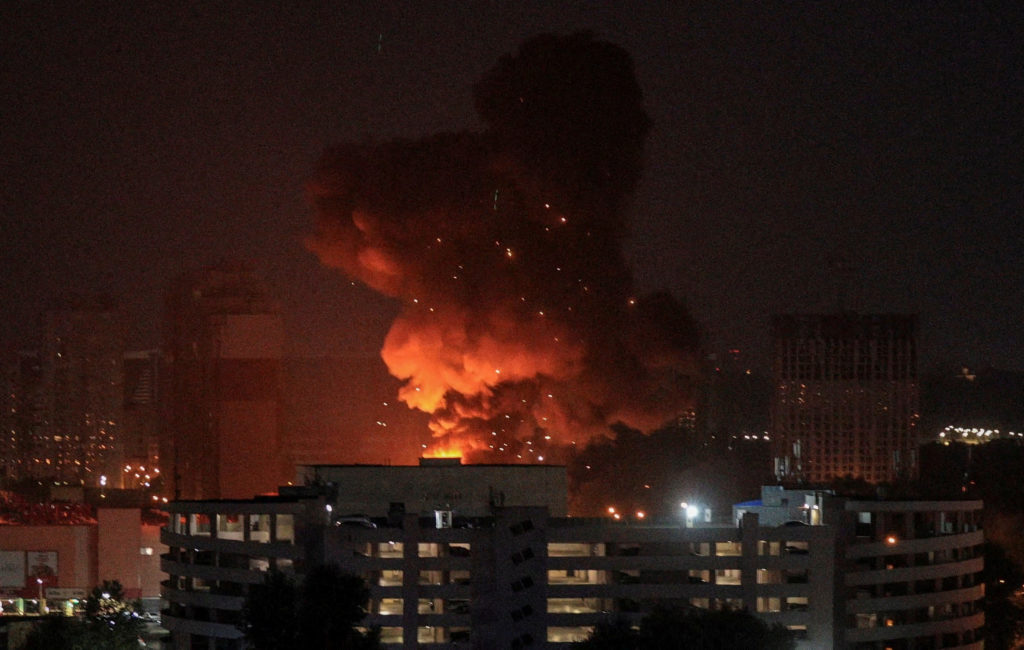
We keep demilitarizing Russia using all means available,” asserted Ukraine’s Ivan Franko Group following a precision drone attack deep within Russian-controlled territory in May 2025. The attack, which was documented in combat video, was a tactical victory more than anything else it was also a glimpse into the changing face of war.
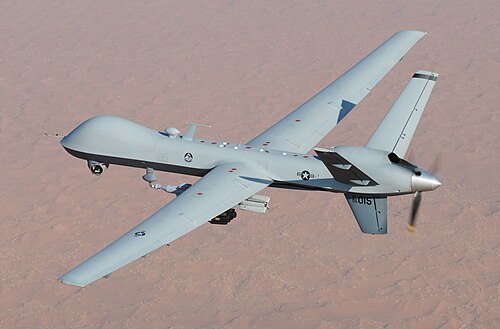
The attack was against a Russian armoured recovery vehicle that was in the process of recovering a stricken tank, a mission far beyond the capabilities of small, remotely piloted vehicles in conventional times. But on Ukraine’s drone-dominated battlefield, even rear-area logistics are at risk. Such operations, and others such as them, serve to highlight how technology, tactics and industrial capability are coming together to redefine the conflict.
From the technicalities of the attack to the larger context for drone warfare, here are seven major takeaways from this operation of high stakes and the circumstances that made it possible.
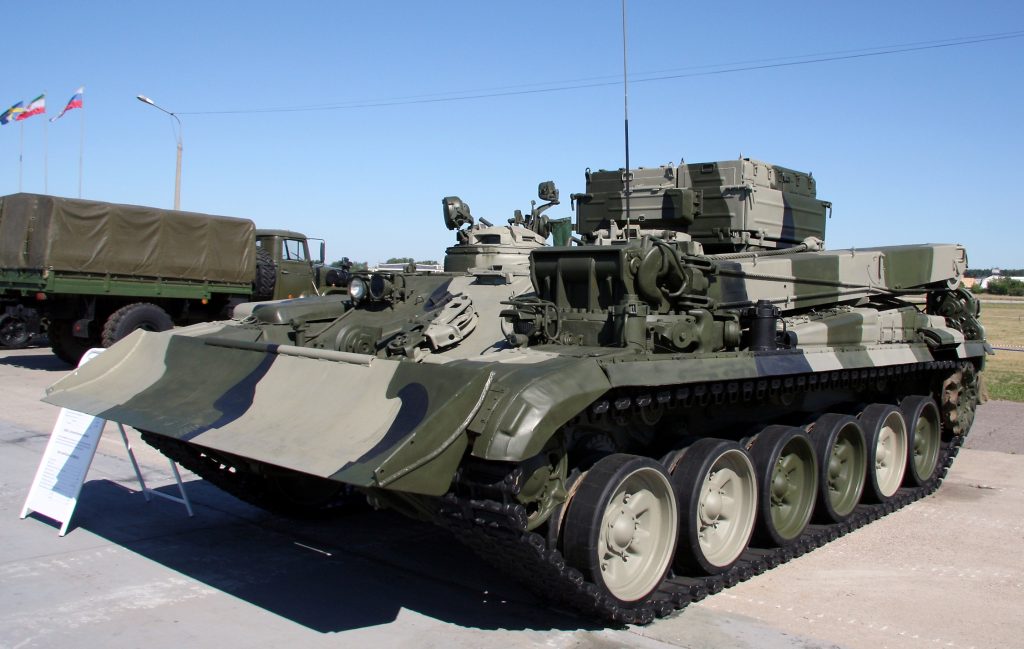
1. The Target: A Scarce Strike on a BREM Recovery Vehicle
The Ukrainian attack targeted a Russian Armored Recovery Vehicle (BREM) carrying a disabled tank. The BREMs are valuable for recovering frontline armor, and losing them can create a ripple effect in operational readiness. The model of the struck vehicle is unclear perhaps a Soviet BREM-1 or the newer BREM-1M, fielded in 2013 and built upon the T-90 chassis. Russia has lost more than 120 variants of BREMs already in this war, and each further loss becomes strategically expensive, according to Oryx.
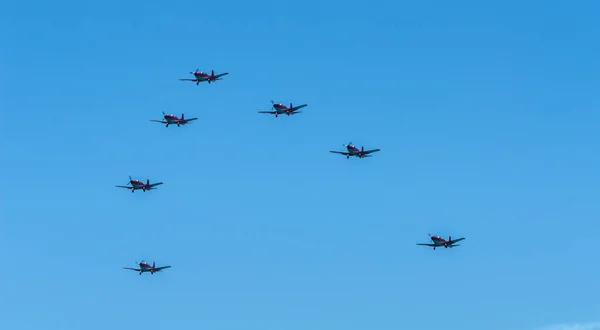
2. The Ivan Franko Group’s Multi-Drone Attack
Operating well behind Russian lines, the Ivan Franko Group put to work a series of first-person-view drones. The video depicts at least four attack runs: the first three bursting into the BREM from above, the fourth chasing it after a failed attempt at escape. The unit reported the vehicle had been destroyed, along with other targets such as a transport truck. This stacked strike pattern is characteristic of Ukraine’s greater employment of stacked drone tactics to swamp defenses.
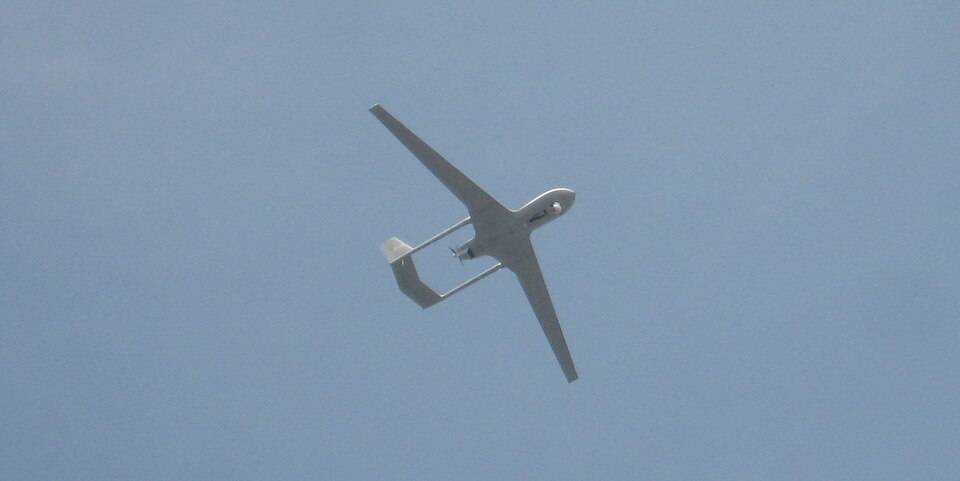
3. Vulnerability of Rear-Area Operations
Armored recovery operations normally take place in areas deemed beyond direct attack. That is no longer true in Ukraine. FPV and long-range drones have stretched the “kill zone” to six to nine miles out front, and sometimes considerably deeper. Russian units have been required to adjust routes, times, and even forms of concealment, with the Ukrainians taking the chance to interdict logistics prior to armor being repaired.
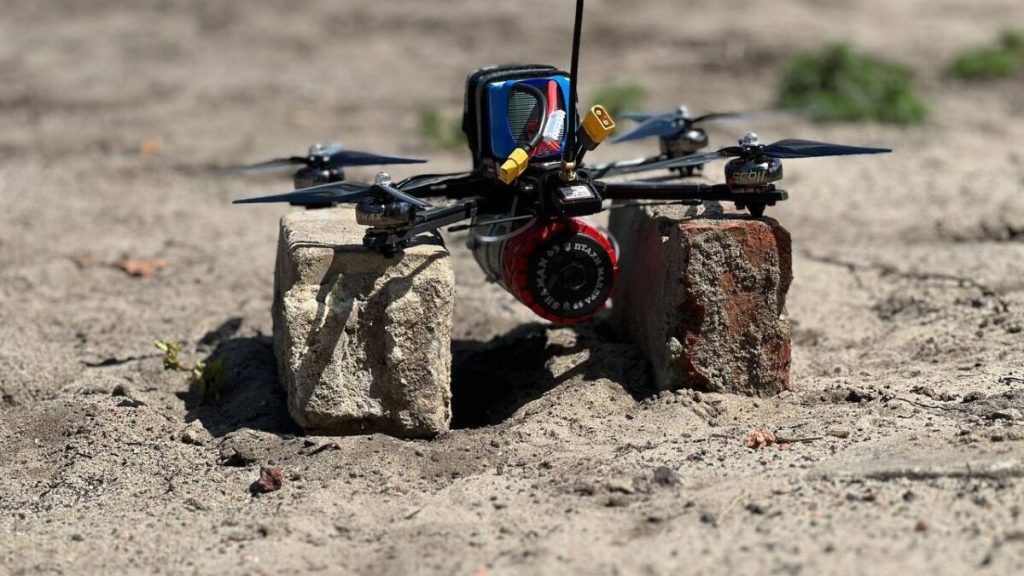
4. FPV Drones: Precision and Limitations
Low-cost precision is provided by first-person-view drones such as those employed in this strike, though at the cost of reliability. One experienced FPV operator indicated that just 20–30% of sorties are successful when weather, technical malfunction, and electronic warfare are considered. Most missions are “second taps” on hard-hit targets. Nevertheless, when circumstances are favorable, FPVs can provide effects previously the monopoly of artillery or air strikes piercing through hatches or hitting moving targets.
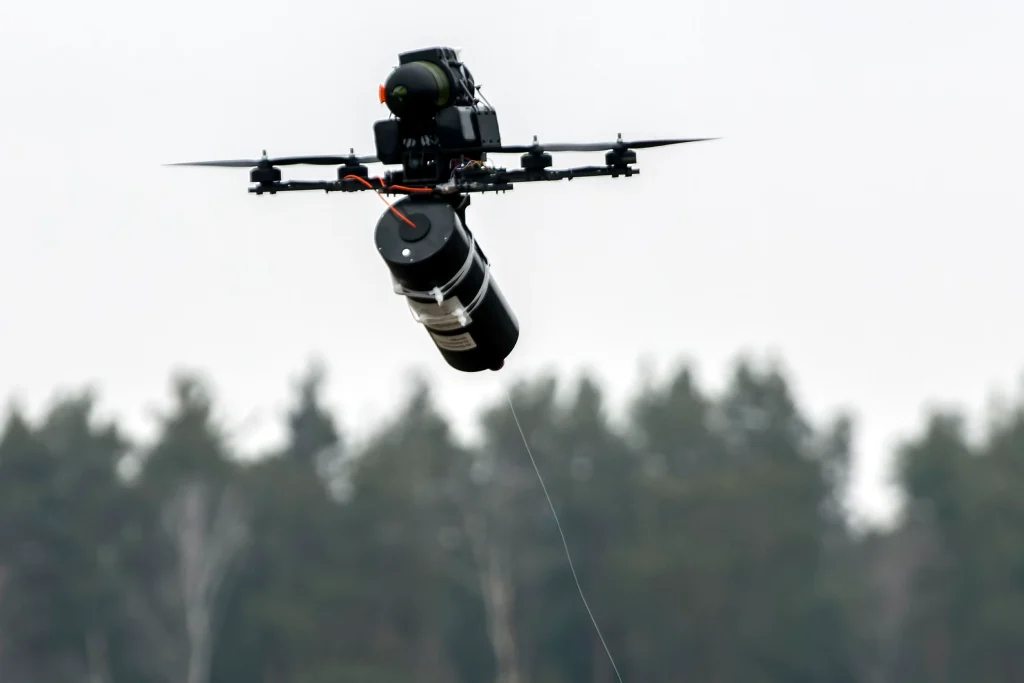
5. Electronic Warfare and the Quest for Fiber-Optic Control
Radio-controlled drones are vulnerable to jamming, and 31% of FPV missions in some Ukrainian units were brought down by it. Russia’s use of fiber-optic drones, tethered by ultra-slim cable and resistant to electronic jamming, has placed it in advance in select areas. Ukraine is scrambling to build up its own mass production, but component supply, especially from China, is still the bottleneck.
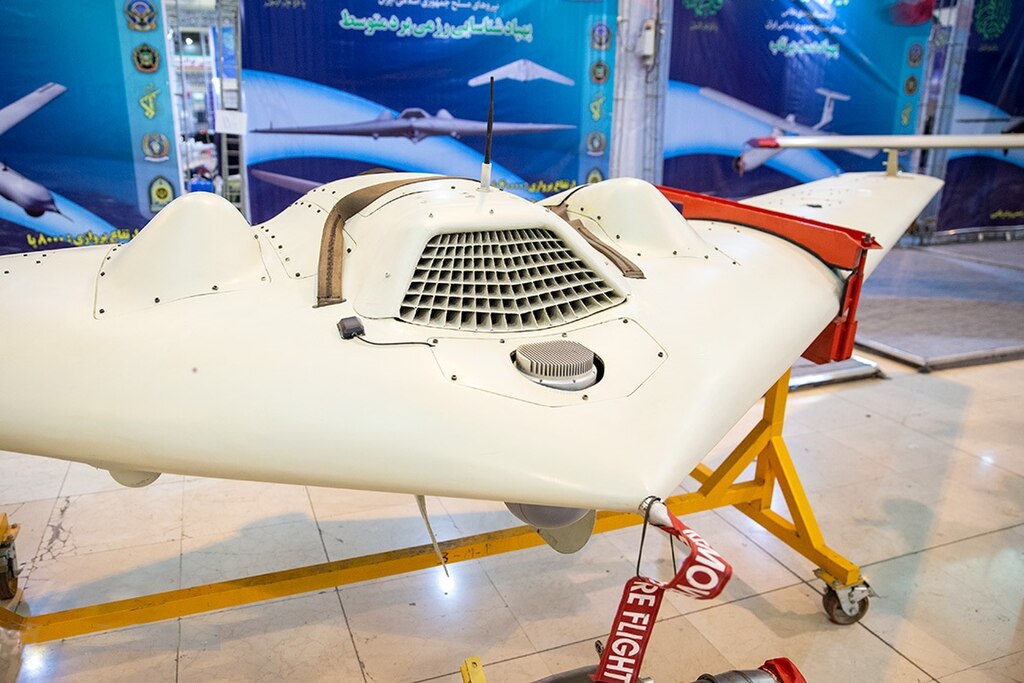
6. Industrial Scale: From Workshops to Millions of Units
Ukraine’s drone war is fueled both by state contracts and an extended network of civilian workshops. In 2024, Kyiv earmarked $2 billion to make a minimum of one million FPV drones, which President Zelensky subsequently claimed capacity for 4 million a year. This is echoed in Russia’s own mass production, where Shahed-style drones are catapulted in salvos of more than 1,000 per month. The BREM strike is a reflection of this industrial basis lacking scale, such deep operations would be uncommon.
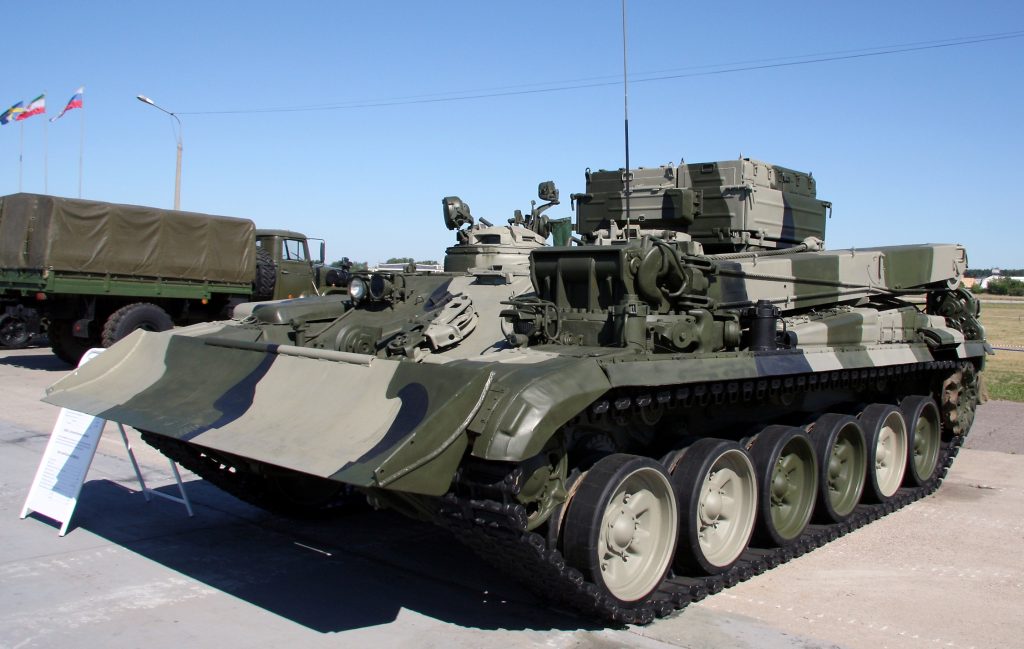
7. Strategic Consequences: Logistics as a Frontline
With the attack on a recovery vehicle, Ukraine had aimed at the Russia armored force’s connective tissue. This is part of a greater doctrine explained by commanders such as Yurih “Achilles” Fedorenko: blind enemy UAVs, destroy strike drones, hit artillery, and cut off logistics. Here, each recovery asset destroyed creates a drag on the repair cycle, decreasing the available tanks and armored vehicles at the front.
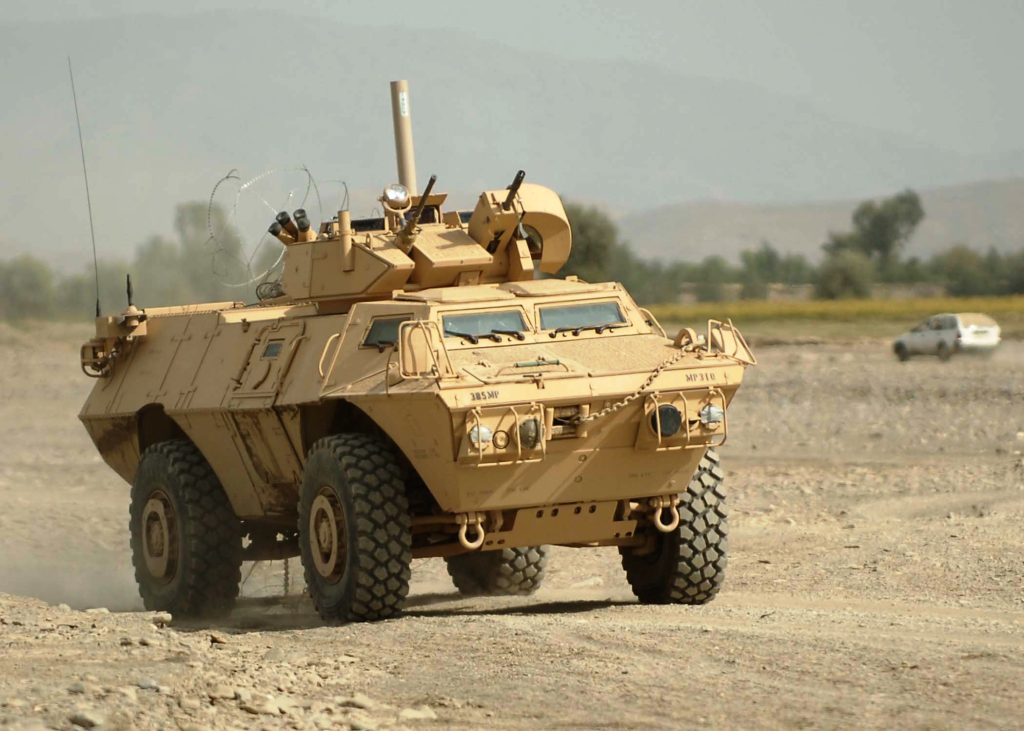
The Russian BREM struck in May 2025 was not merely a vignette of the battlefield it was a case study in the way drone systems are blurring front and rear. As Ukraine and Russia escalate their drone forces, the capacity to disrupt supply lines deep within hostile territory could be as important as any tank fight. In this war, precision instruments are inexpensive, targets are legion, and the battlefield offers no places to hide.

